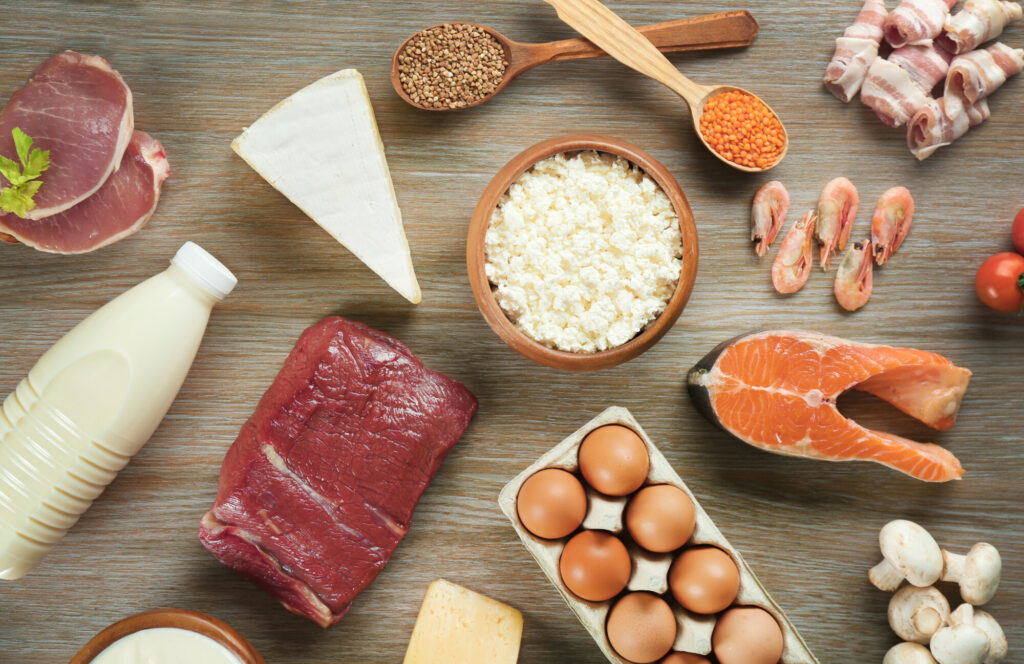Food price turmoil to continue in 2022
1st December 2021
Food prices will remain high in 2022 as adverse weather, inflation along supply chains and logistical strains stay likely to continue, according to Rabobank’s annual Agri Commodity Markets Outlook report.
The specialist food and agribusiness bank predicts adverse weather – exacerbated by the La Niña cycle affecting key producers in the US, Brazil and Argentina – will pose one of the biggest challenges to global food production.
It also expects inflationary pressures in energy prices, fertilisers, shipping costs and labour, as well trading bottlenecks, to hit food supply chains hard. Farmers would normally look to expand production at current commodity prices, but the increase in input costs means the supply will be more inelastic in 2022.
The prices of grains and oilseeds like wheat and corn, food staples coffee and sugar, and key inputs such as palm oil, will all continue at high prices. The bank expects many food processors to support any significant drop in prices by extending commercial hedges to historical averages and by stockpiling more, enabling them to weather some of the broader global volatility.
Carlos Mera, head of agri commodities at Rabobank, said: “There will be no return to pre-pandemic prices in 2022. While Covid-19-related disruption will subside, inflationary pressures and adverse weather will hit producers, making them unable to significantly expand output.
“Governments around the world will be watching prices closely. Inflation in food staples like wheat have previously been credited to contributing to societal unrest, including the Arab Spring. Higher farm input costs, expensive shipping and strong demand make for a toxic recipe. The knock-on effect of higher food prices on beleaguered societies in underdeveloped countries shouldn’t be dismissed in 2022.”
- Higher farm input costs, expensive shipping, increased demand and adverse weather will all affect farmers next year
- Price rises in key food staples such as wheat could lead to societal unrest in 2022, Rabobank forecasts
- Increased climate awareness among consumers, businesses and governments could impact procuring decisions, presenting challenges and opportunities for farmers
- Wheat, corn, sugar and palm oil among key commodities to watch in 2022
High input costs, drought conditions exacerbated by La Niña in major exporting markets, including the US, and high export taxes in Russia will affect the availability of wheat in 2022, albeit Rabobank expects a small surplus in supply over demand. That’s in contrast to the sharp deficit witnessed this year, which is the highest since 2013. However this surplus, if it materialises, will only arrive to the market in the second half of 2022.
Inflation will also squeeze corn farmers’ yields, with higher prices of fertiliser, seed, machinery, labour and rent impacting production. Growing demand for ethanol in the US – which corn is a core ingredient for – and exports to China will also impact its availability for food products in other markets, which will feed through to consumer prices.
Rabobank expects the outlook for sugar prices to be well supported, as Brazil ethanol prices have been climbing and the country could potentially have to divert more sugarcane to produce ethanol in detriment of sugar. Other key markets such as India could be more adversely affected by expensive farm inputs.
Palm oil, a key ingredient in processed foods including chocolate and pizza, as well as in biofuels, will also remain well supported, with a strong increase in demand in China and the EU. The bank expects global production levels to increase by around 4.3% in 2021/22 in response.
Looking internationally, Rabobank sees coffee production levels declining in the current 2021/22 season, as modest increases in the current harvests in Colombia and Vietnam fail to offset the large drop already materialised in the Brazil harvest. Arabica prices have increased by around 80% in the past 12 months, and an element of panic buying is taking over the market. This is especially severe ahead of Christmas and with potential further lockdowns during the northern winter, but the bank expects panic buying to be less of a factor in 2022.
Carlos Mera added: “Inflation will permeate all commodities, but it’s not the only challenge food producers face. The race to net zero is speeding up, which is impacting sourcing and trading decisions, as well as consumer choices. Farmers will face tough decisions in 2022 that could impact societies across the world for years to come.”
Rabobank’s Agri Commodity Markets Outlook tracks the prospects for a basket of 10 key agri-commodities in the following year. It is widely read and followed in the world’s agri commodity markets.

